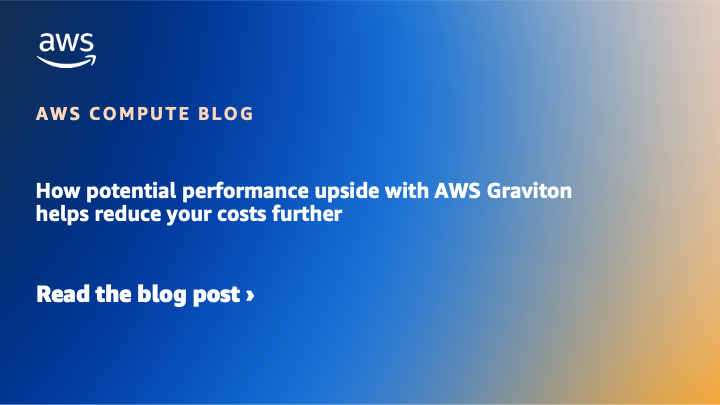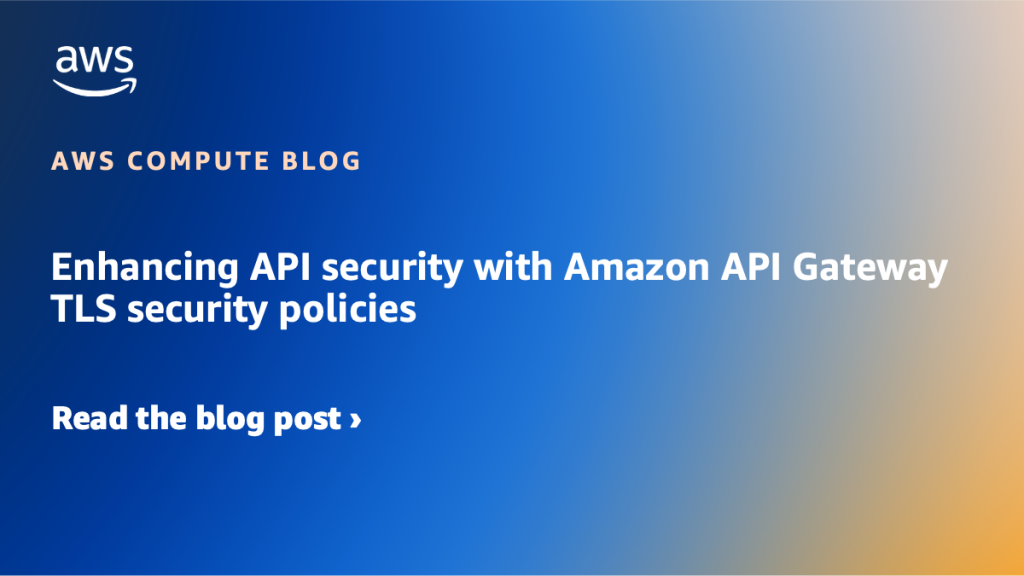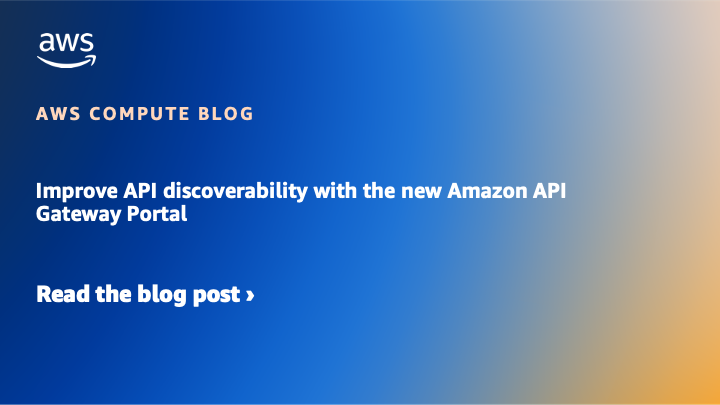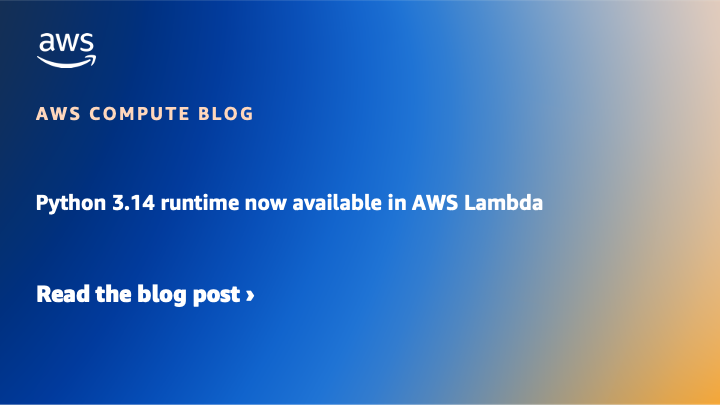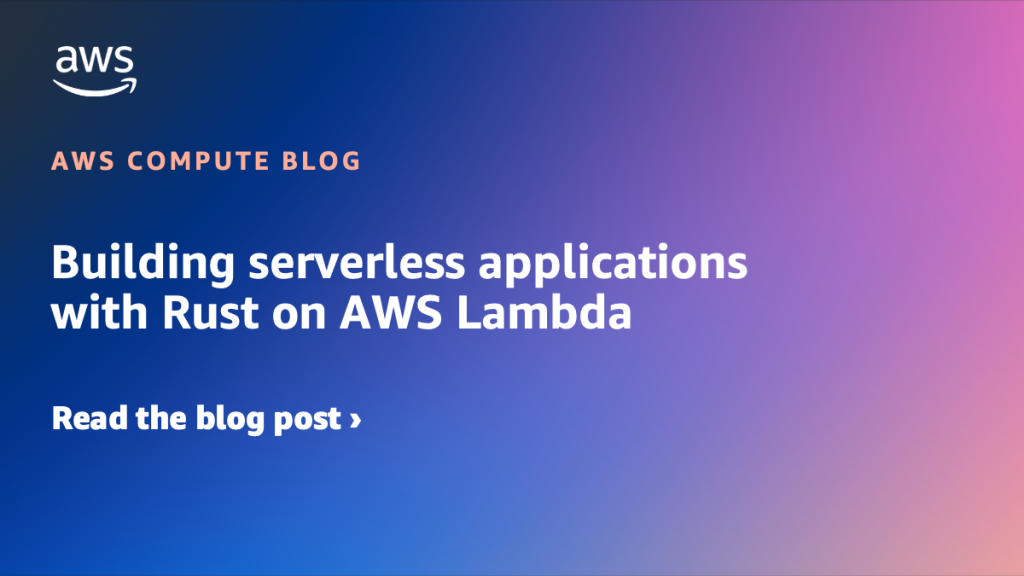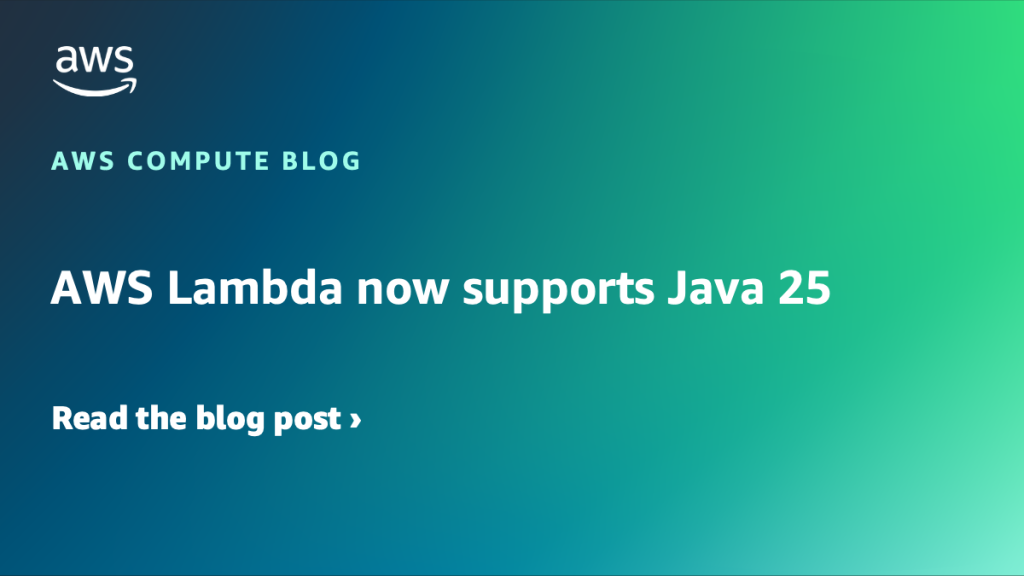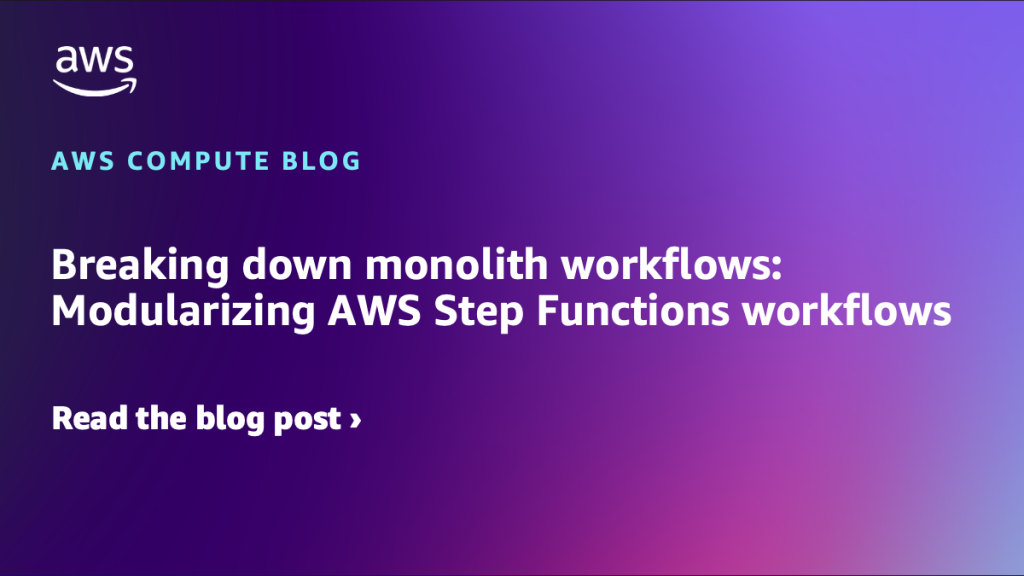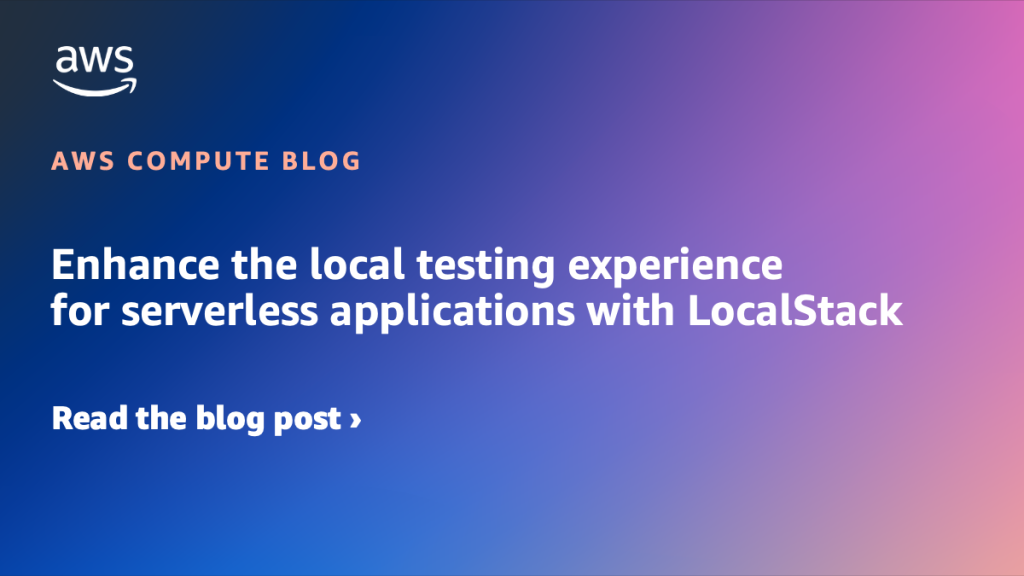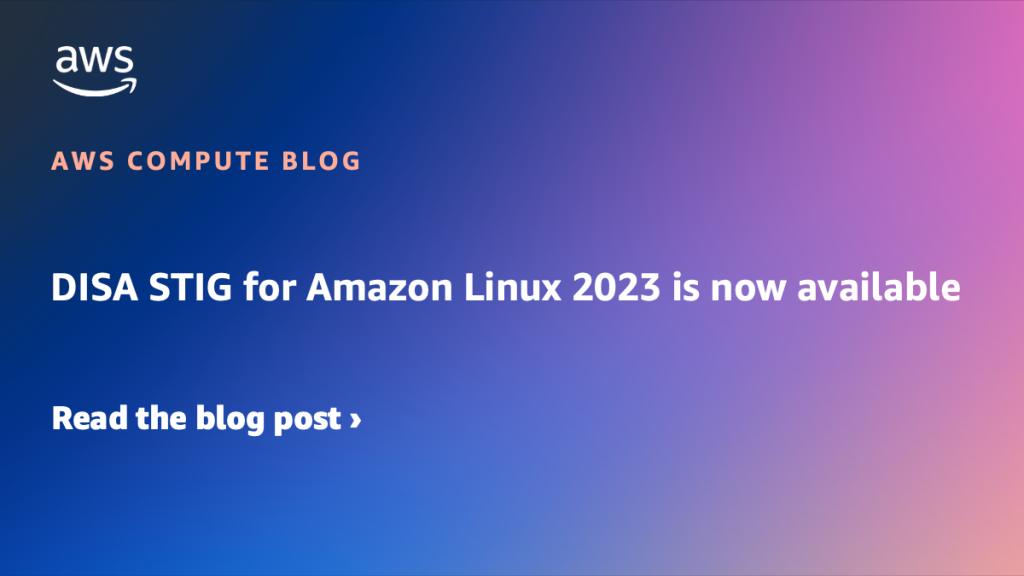AWS Compute Blog
Category: Intermediate (200)
How potential performance upside with AWS Graviton helps reduce your costs further
Amazon Web Services (AWS) provides many mechanisms to optimize the price performance of workloads running on Amazon Elastic Compute Cloud (Amazon EC2), and the selection of the optimal infrastructure to run on can be one of the most impactful levers. When we started building the AWS Graviton processor, our goal was to optimize AWS Graviton […]
Enhancing API security with Amazon API Gateway TLS security policies
In this post, you will learn how the new Amazon API Gateway’s enhanced TLS security policies help you meet standards such as PCI DSS, Open Banking, and FIPS, while strengthening how your APIs handle TLS negotiation. This new capability increases your security posture without adding operational complexity, and provides you with a single, consistent way to standardize TLS configuration across your API Gateway infrastructure.
Improve API discoverability with the new Amazon API Gateway Portal
In this post, we will show how you can use the new portal feature to create customizable portals with enhanced security features in minutes, with APIs from multiple accounts, without managing any infrastructure.
Python 3.14 runtime now available in AWS Lambda
AWS Lambda now supports Python 3.14 as both a managed runtime and container base image. Python is a popular language for building serverless applications. Developers can now take advantage of new features and enhancements when creating serverless applications on Lambda.
Building serverless applications with Rust on AWS Lambda
Today, AWS Lambda is promoting Rust support from Experimental to Generally Available. This means you can now use Rust to build business-critical serverless applications, backed by AWS Support and the Lambda availability SLA.
AWS Lambda now supports Java 25
You can now develop AWS Lambda functions using Java 25 either as a managed runtime or using the container base image. This blog post highlights notable Java language features, Java Lambda runtime updates, and how you can use the new Java 25 runtime in your serverless applications.
Breaking down monolith workflows: Modularizing AWS Step Functions workflows
You can use AWS Step Functions to orchestrate complex business problems. However, as workflows grow and evolve, you can find yourself grappling with monolithic state machines that become increasingly difficult to maintain and update. In this post, we show you strategies for decomposing large Step Functions workflows into modular, maintainable components.
Enhance the local testing experience for serverless applications with LocalStack
Today, we’re excited to announce new capabilities that further simplify the local testing experience for Lambda functions and serverless applications through integration with LocalStack, an AWS Partner, in the AWS Toolkit for Visual Studio Code. In this post, we will show you how you can enhance your local testing experience for serverless applications with LocalStack using AWS Toolkit.
DISA STIG for Amazon Linux 2023 is now available
Today, we announce the availability of a Security Technical Implementation Guide (STIG) for Amazon Linux 2023 (AL2023), developed through collaboration between Amazon Web Services (AWS) and the Defense Information Systems Agency (DISA). The STIG guidelines are important for U.S Department of Defense (DOD) and Federal customers needing strict security compliance derived from the National Institute […]
Accelerating local serverless development with console to IDE and remote debugging for AWS Lambda
Delightful developer experience is an important part of building serverless applications efficiently, whether you’re creating an automation script or developing a complex enterprise application. While AWS Lambda has transformed modern application development in the cloud with its serverless computing model, developers spend significant time working in their local environments. They rely on familiar IDEs, debugging […]
